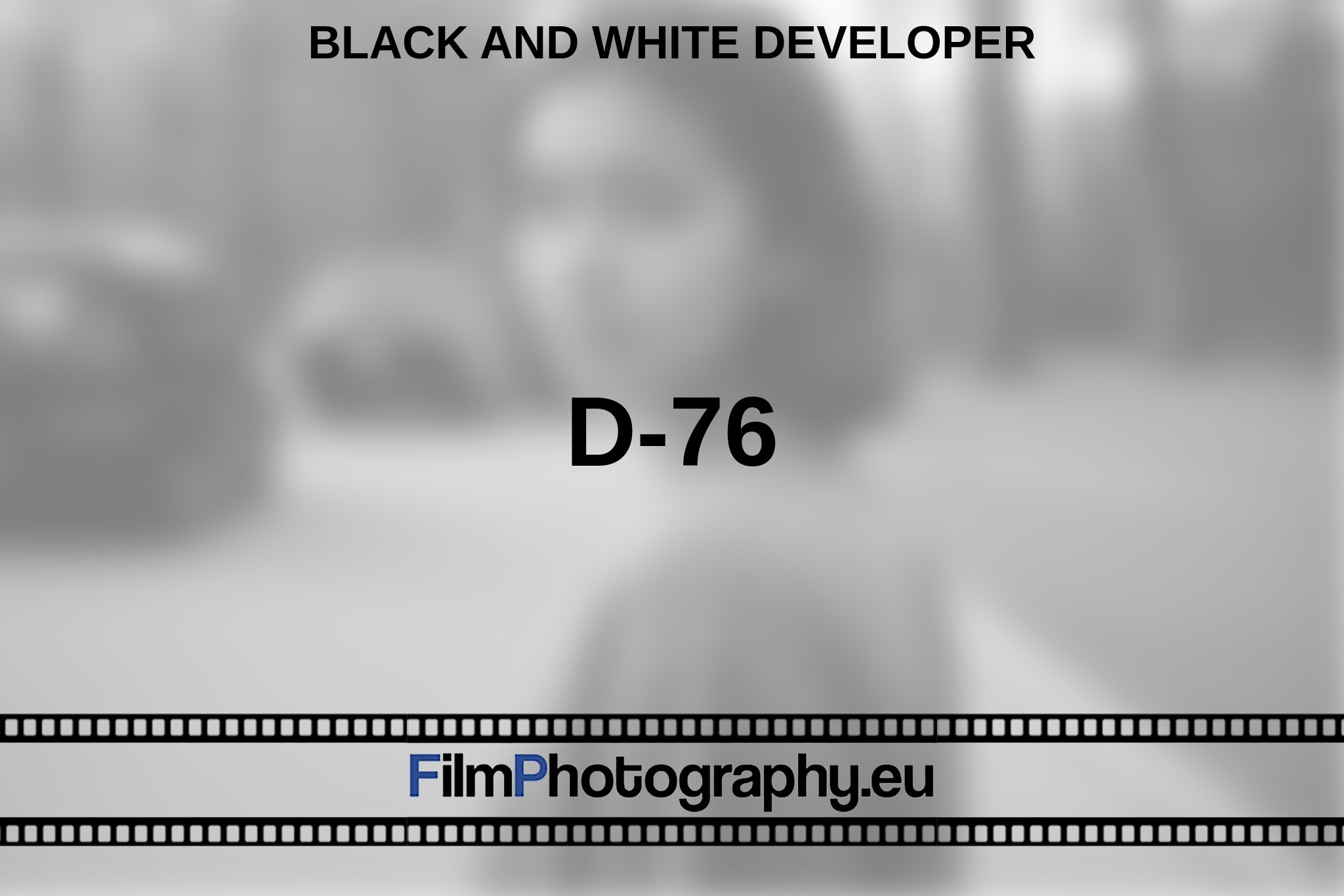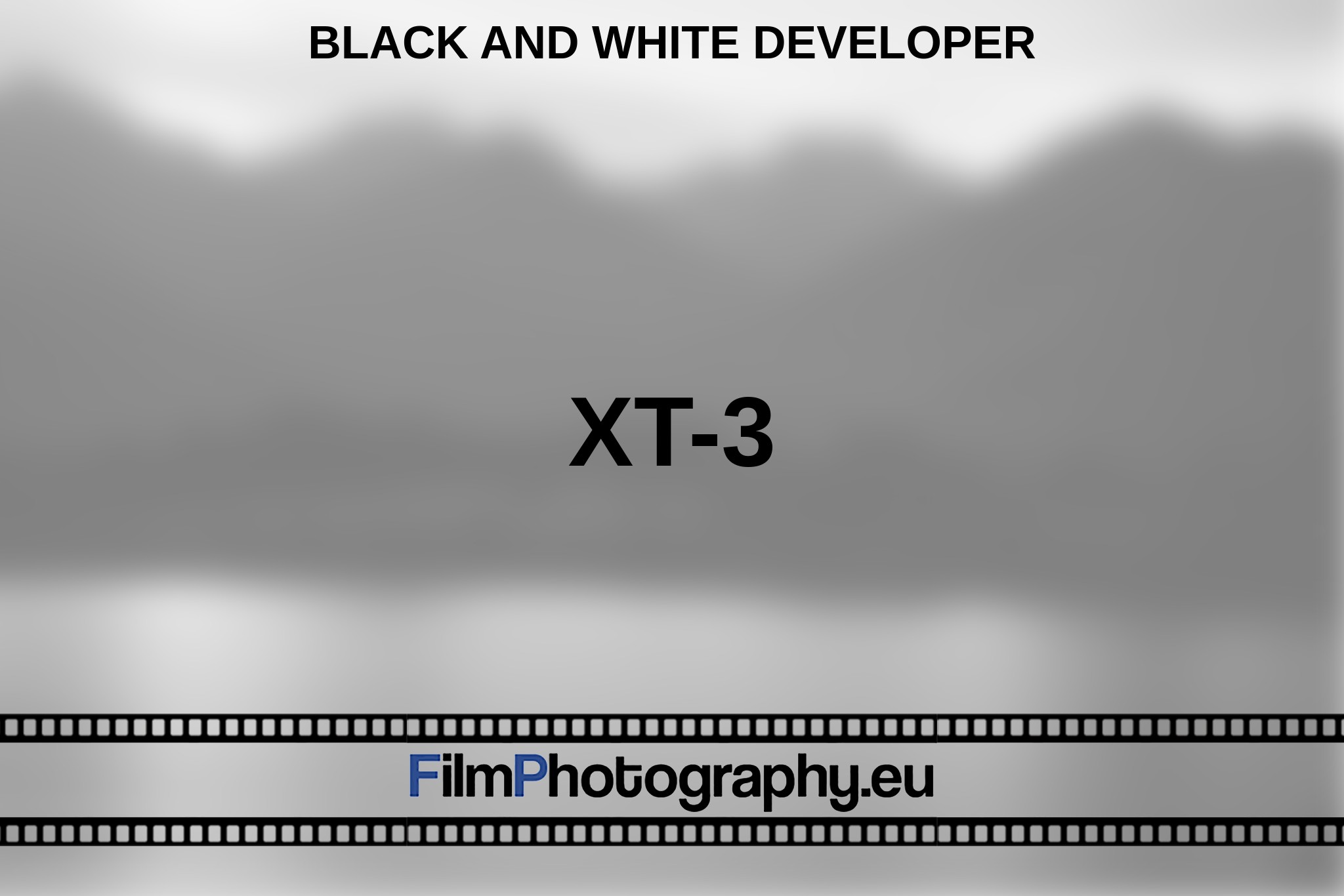The development of photographic films is a complex process that depends on the correct selection and application of chemical products. In this overview, we will focus on the necessary photochemistry required for the development of photographic films. From developers and fixers to stop baths and toners, we will explore the available products and how they differ in their composition, function, and application.
Black and White Films
Black and white films offer a profound and timeless aesthetic that retains its own special charm despite the advancements in color photography. The development process of black and white films involves several steps, starting with the exposure of the film by taking a photograph.
The film contains a photosensitive silver halide emulsion that is reduced to metallic silver through exposure. This change becomes visible only when the film is immersed in a chemical developer, which turns the reduced silver black to produce a visible image. Subsequently, the film is treated in a stop bath and then a fixer to halt the development process and make the image permanent.
Slide Films
Slide films, also known as reversal films, follow a slightly different process. After exposure, the film is first treated in an initial developer, which produces a negative image. This negative image is then removed through bleaching and subsequent exposure of the entire film. A second development process is carried out to produce the final positive image.
Slide films produce extremely sharp and vibrant images with high color accuracy and are often used in professional photography or for projections.
Color Negative Films
Color negative films use a process based on the technique of black and white film development but expanded with additional steps and chemicals to create color. A color negative film contains multiple layers of photosensitive emulsion, with each layer reacting to a different color of light (red, green, or blue).
During development, various developers and couplers are used to produce a negative color image. This color negative can then be used to generate positive prints. The development of color negative film requires specific and precise controls over temperature and time, making it more technically demanding than black and white film development.







